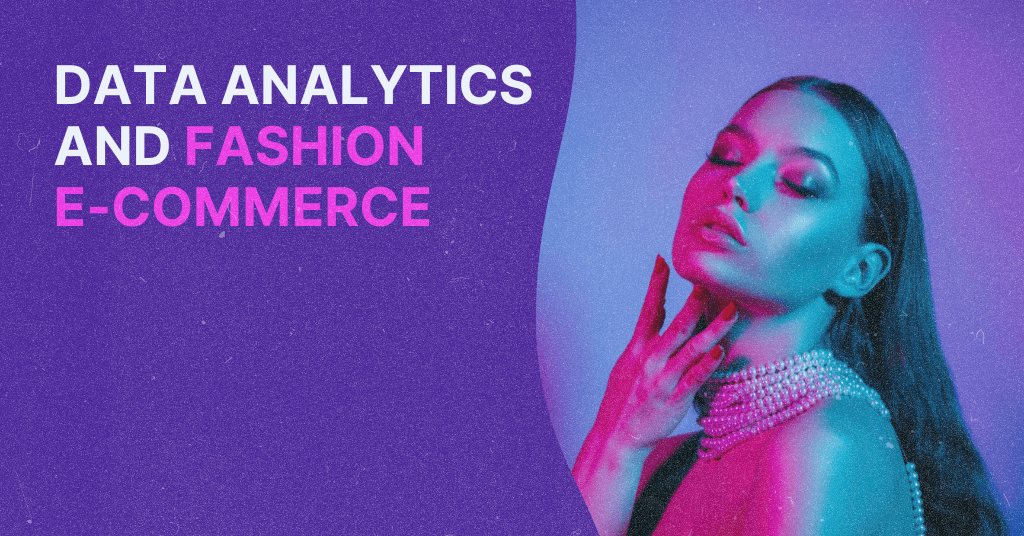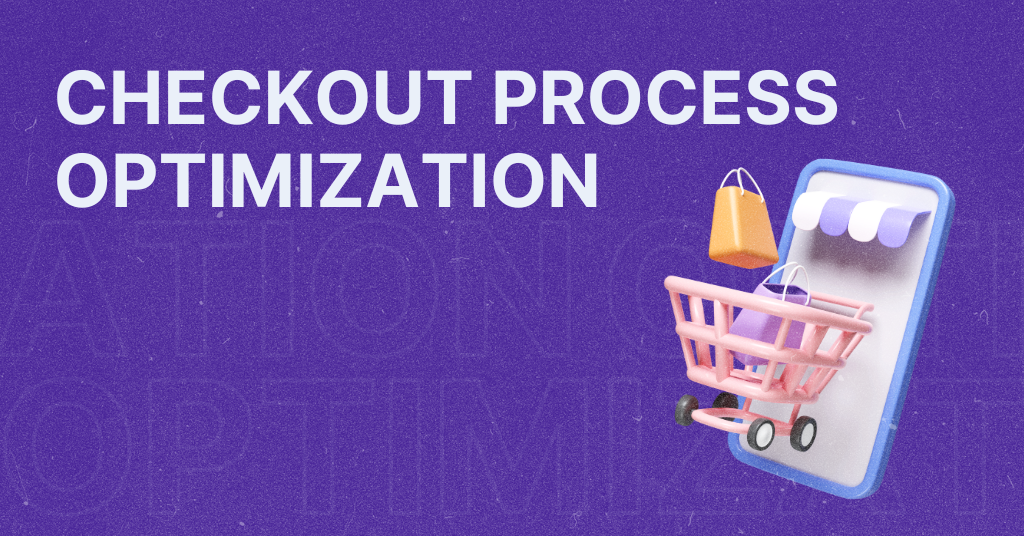
Fashion e-commerce and data analytics
Let’s talk about something pretty cool in the world of fashion e-commerce: data analytics. It’s like having a crystal ball that tells you what your customers want, when they want it, and how much they’re willing to pay for it.
Understanding your customer through data
You should look beyond basic demographics and analyze browsing patterns, purchase histories, and even product interactions. Tools like Google Analytics, heat maps, and customer surveys can offer invaluable insights.
It’s about answering questions like: What are customers looking for? Which products do they hover over? What makes them abandon their shopping carts?
With this data, you can tailor the shopping experience for each customer. Imagine sending a personalized email with product suggestions based on past purchases – this level of personalization can significantly increase customer loyalty and conversion rates. Use data to segment your audience for targeted marketing campaigns.
For instance, if data shows a segment of customers frequently purchasing eco-friendly products, tailor your marketing to highlight your sustainable fashion lines to this group.

Optimizing operations with data
Data analytics provides predictive insights, which are crucial for inventory management. You can forecast which items will be in high demand by analyzing sales trends and seasonal demands. This approach minimizes the risk of overstocking or stockouts, ensuring that capital isn’t tied up in unsold inventory.
Pricing can make or break a sale. Utilize data analytics to implement dynamic pricing strategies. Monitor competitor pricing, market demand, and inventory levels to adjust prices in real time. For example, if an item is flying ‘off the shelves’, a slight price increase could be beneficial. Conversely, slow-moving items might need a price reduction to boost sales.
Navigating challenges and ethical considerations
The biggest challenge in using data analytics is data’s sheer volume and complexity. Small e-commerce owners might find it overwhelming. Investing in the right tools and possibly in a data analyst can help distill vast amounts of data into actionable insights.
Privacy concerns are always present, and you should always be transparent about collecting and using data. Ensure compliance with data protection laws like GDPR and CCPA. Remember, trust is a key component in customer relationships, and respecting privacy is a big part of that trust.
The role of mobile apps in gathering data
Mobile apps are a rich source of customer data and offer unique opportunities for gathering detailed insights into customer behavior. Fashion retailers can track user interactions more intimately through mobile apps than through a website. This includes tracking which items customers are viewing, how much time they spend on each item, and what they add to their carts.
👉 Take a look at OmniShop mobile brand for fashion e-commerce brands.

The data collected via mobile apps allows for a highly personalized shopping experience. For instance, if a customer frequently browses a particular style of dress, the app can highlight similar products or suggest accessories that complement that style. This kind of personalization increases the likelihood of a purchase.
One of the most effective tools available through mobile apps is push notifications. These can be used to alert customers about new arrivals, special offers, or items they might be interested in based on their browsing history. The key is to use these notifications strategically to avoid overwhelming the customer, striking a balance between staying visible and intrusive.
- What are the advantages of mobile commerce?
- Mobile app accessibility for better user experience
- Responsive web vs native app for e-commerce
- Selecting the best ecommerce platform for beginners
- 10 features for your mobile ecommerce website
Data in fashion e-commerce – Let’s wrap up
Data analytics is changing the game in fashion e-commerce, acting like a magic tool that helps understand what customers really want. By digging into data like browsing habits and what people buy, fashion sites can make shopping feel more personal.
Using data can predict which fashion items will be popular, helping stores keep just the right amount of stock. And with pricing, data helps adjust costs in real-time, making sure prices are just right to encourage buying while keeping things profitable.
But, collecting all this data can be tricky, and keeping customer information safe is super important. Trust is key, and respecting privacy is a big part of building that trust.
Also, mobile apps can track what customers look at, how long they spend on it, and send them notifications about stuff they might like, making shopping even more personal and direct.
Using data in fashion e-commerce keeps customers coming back for more. Let’s make them come back together!
Let’s book a 30-min mobile strategy session and give your shop a boost.
Let’s book a 30-min mobile strategy session and give your shop a boost.


